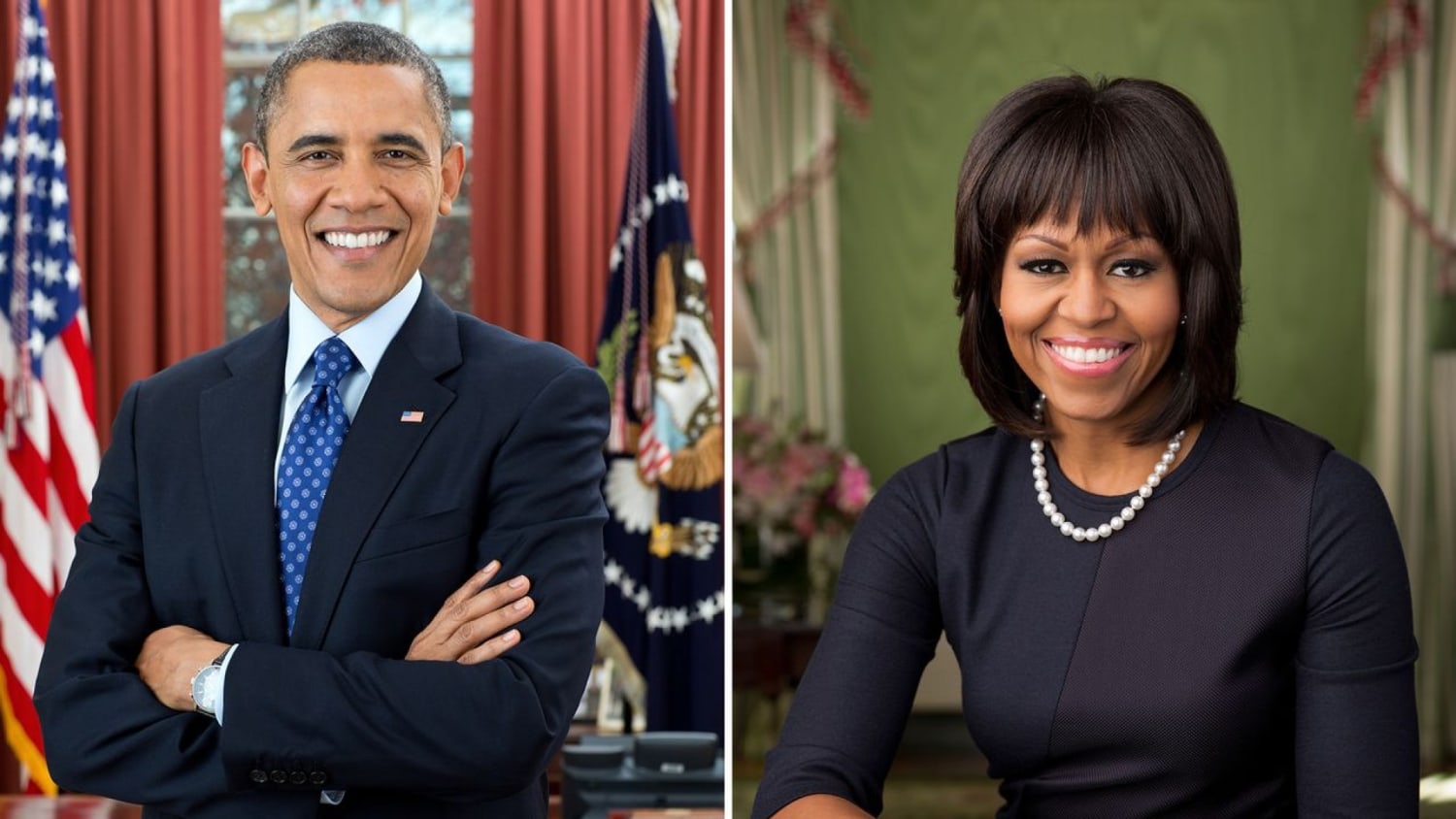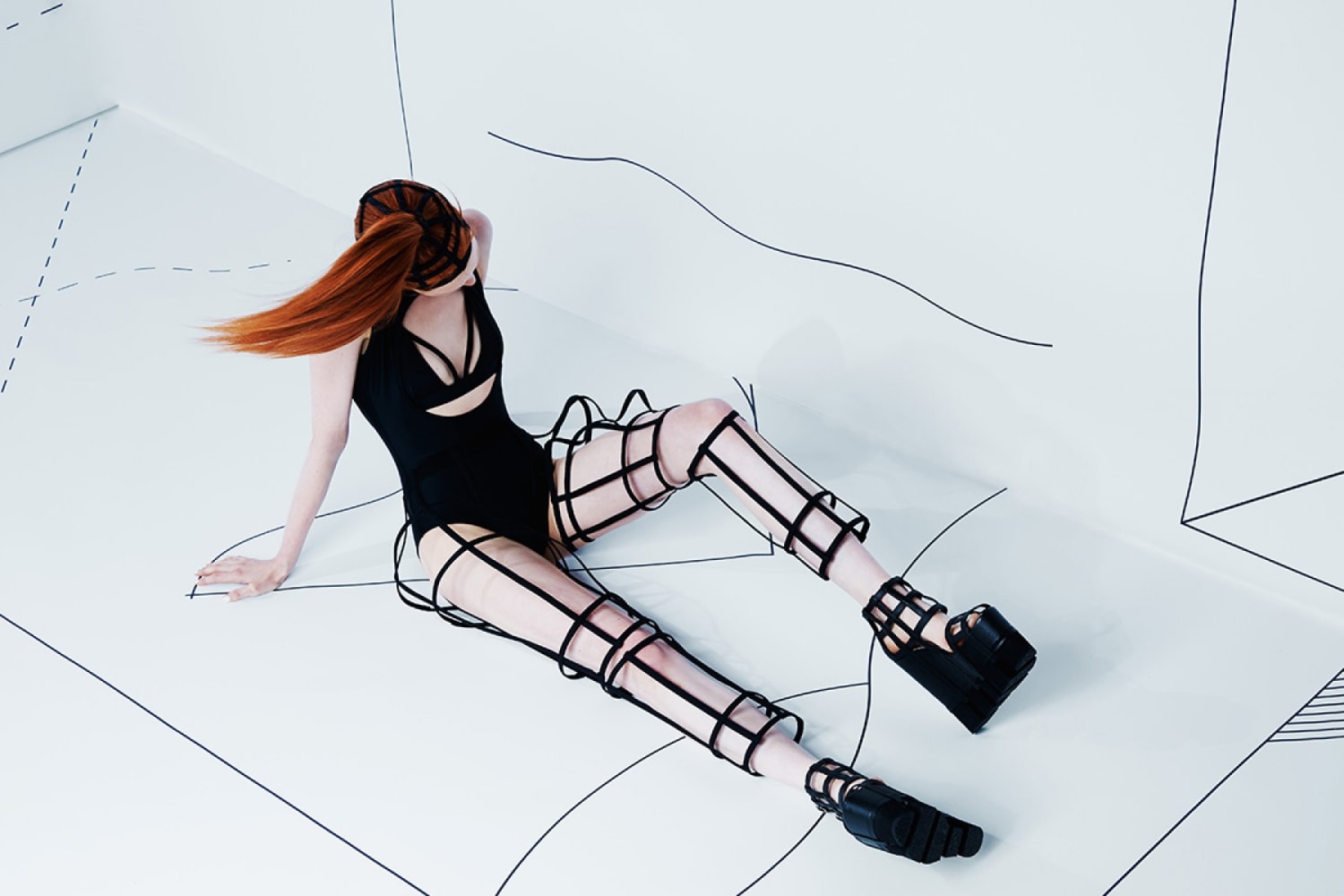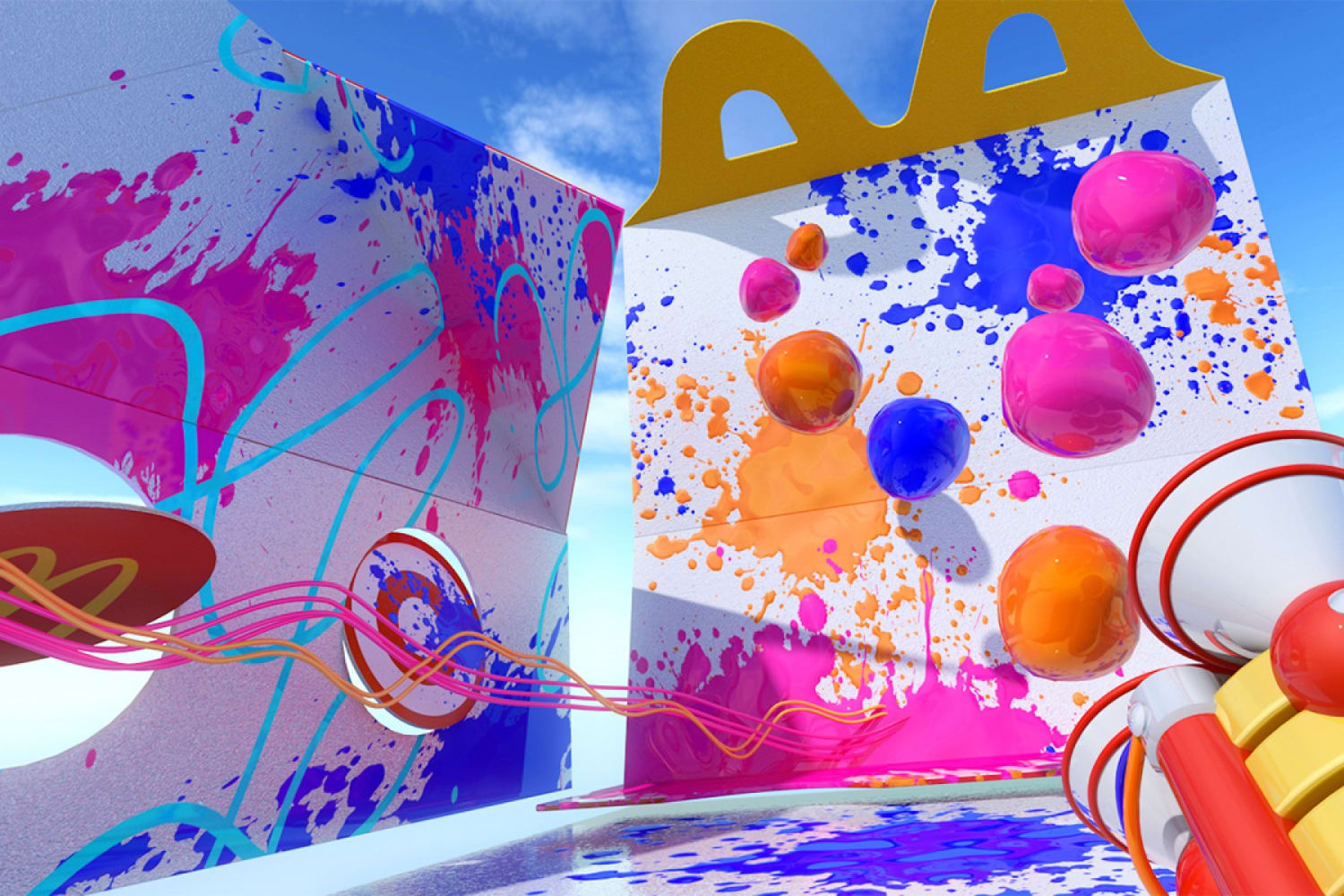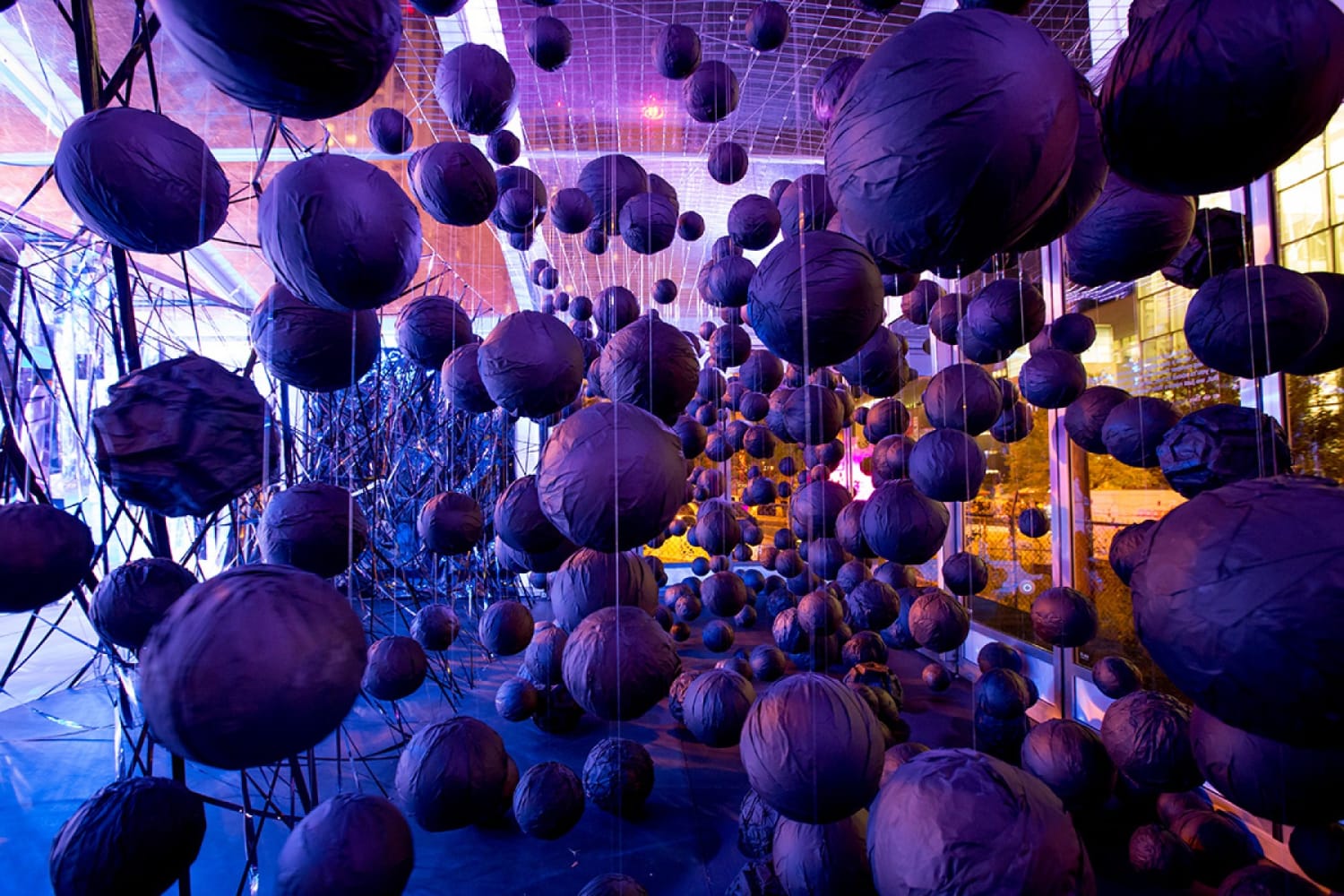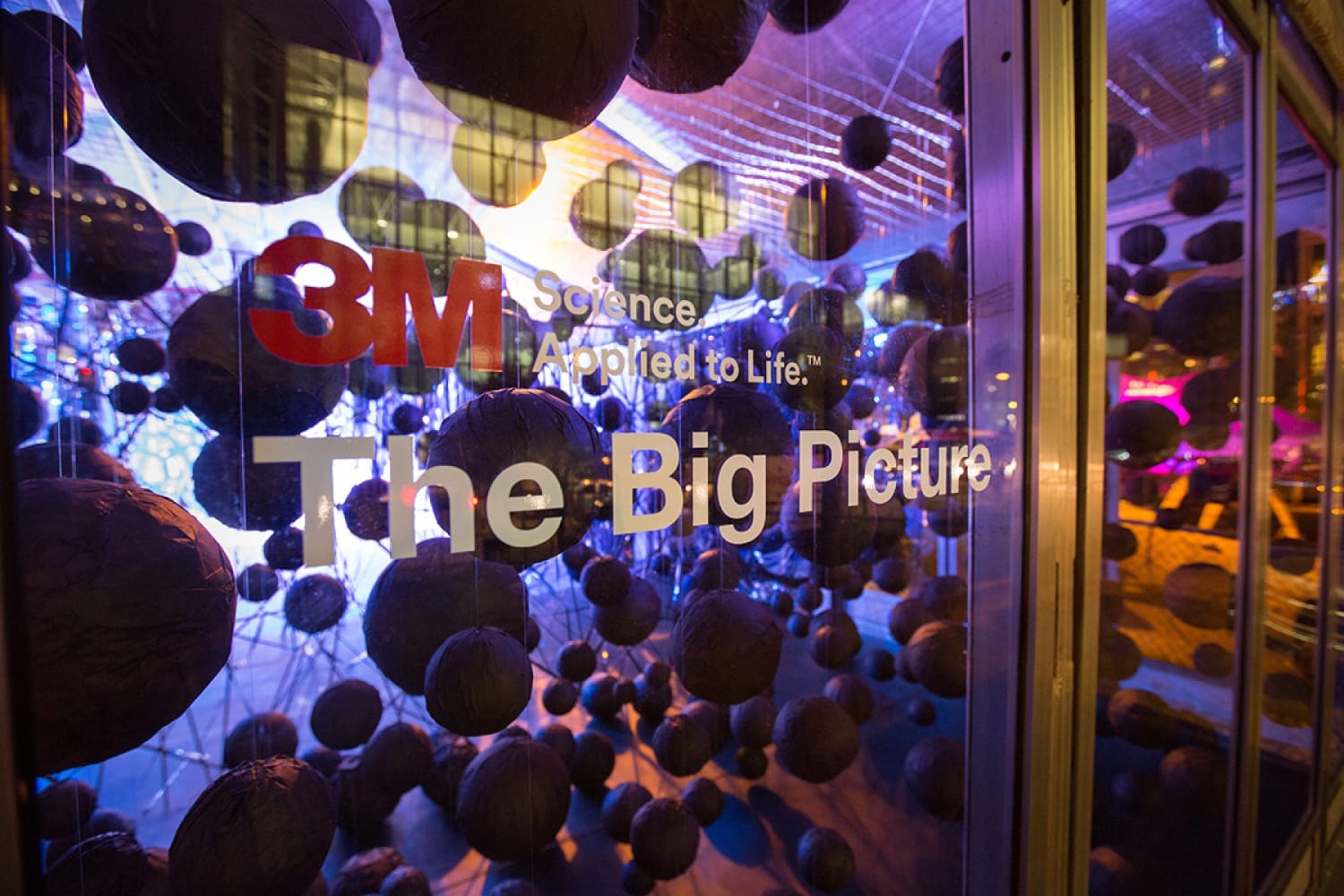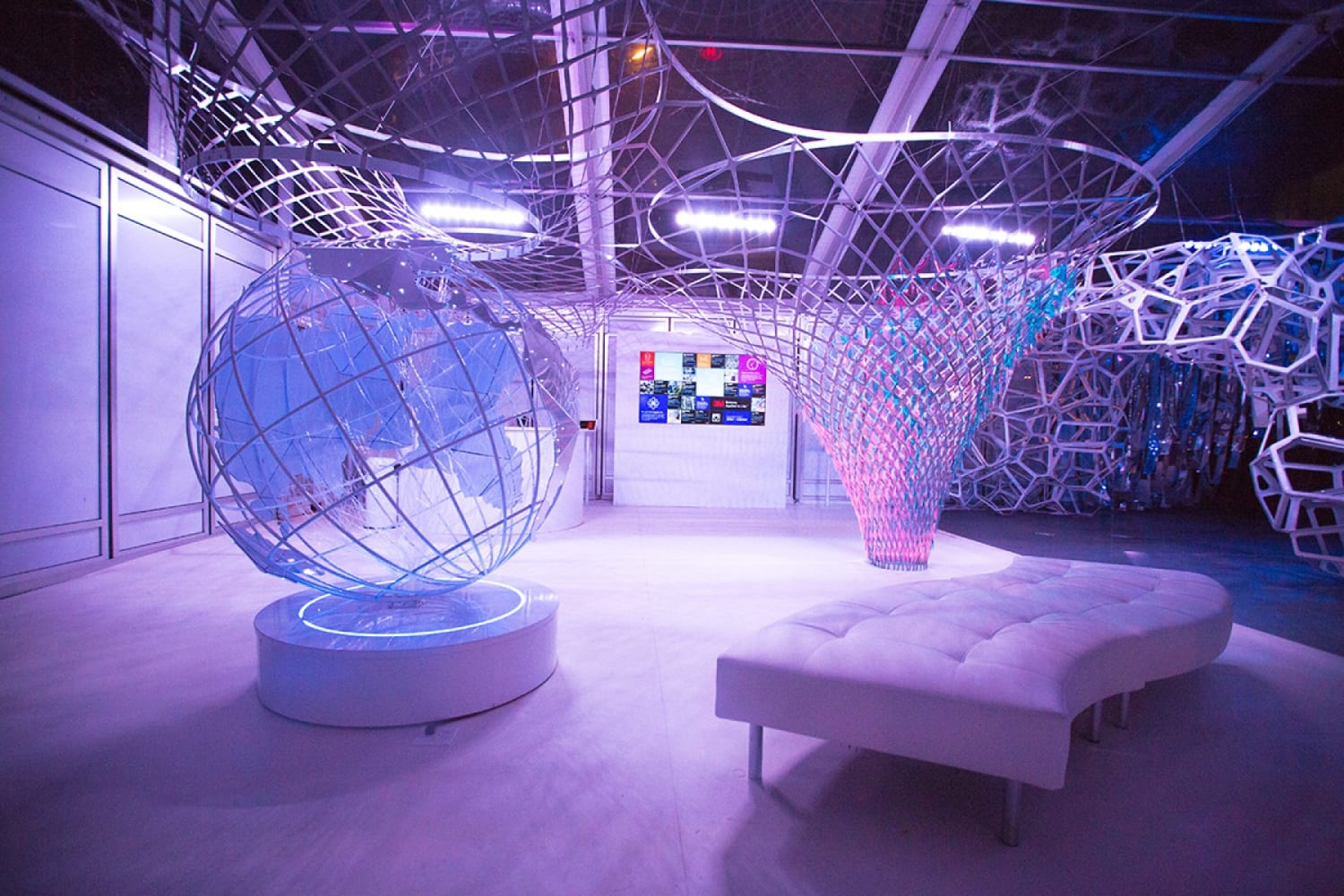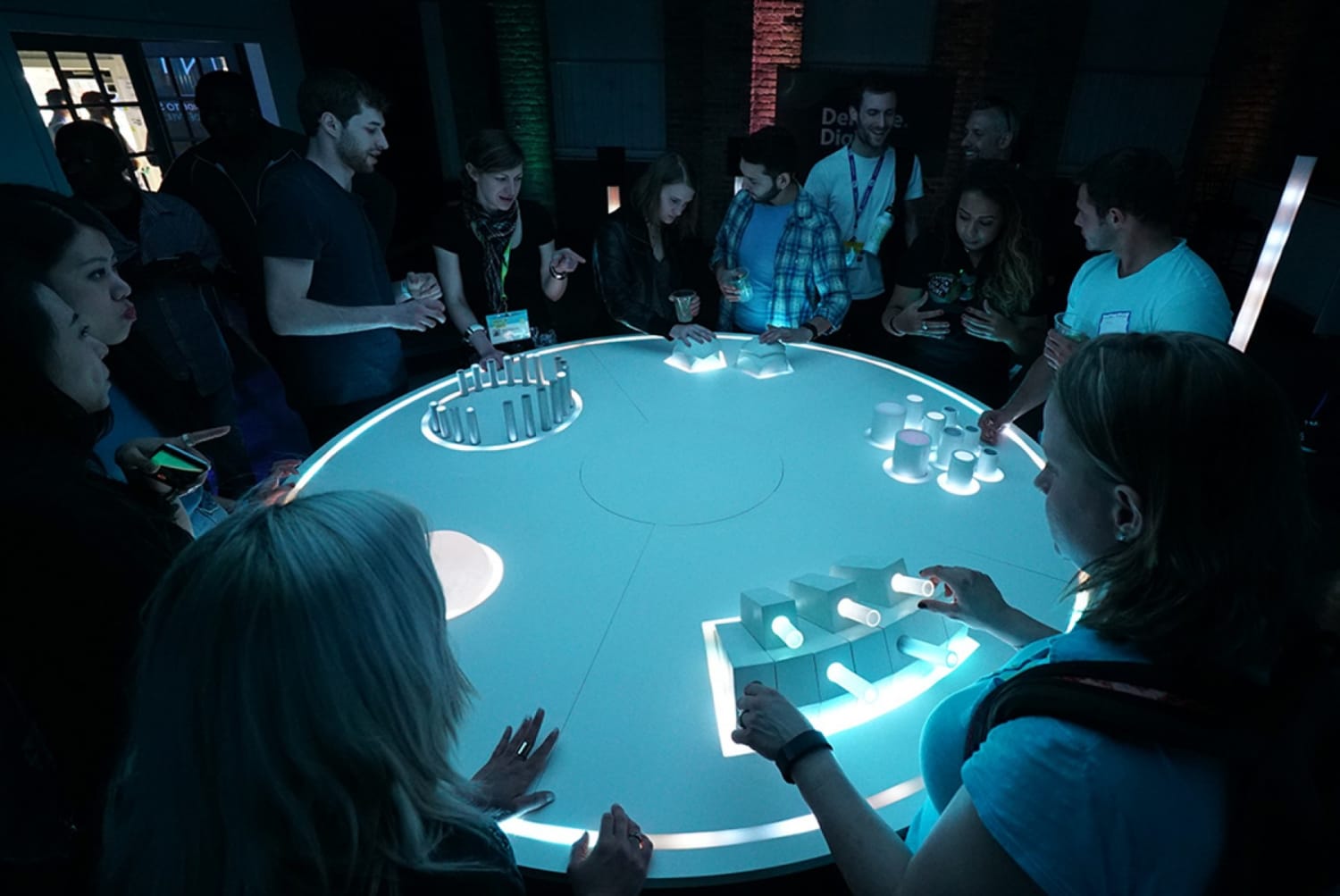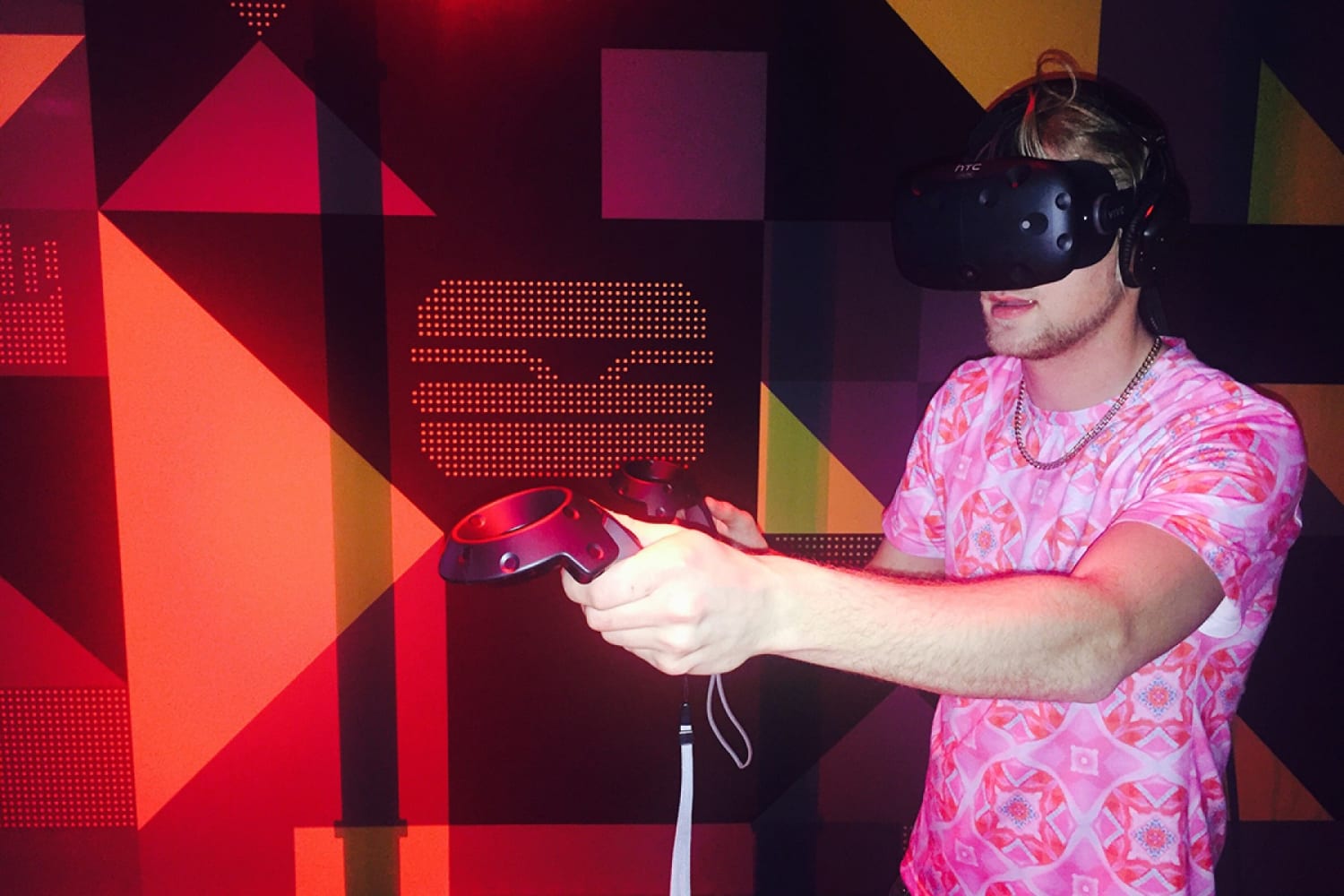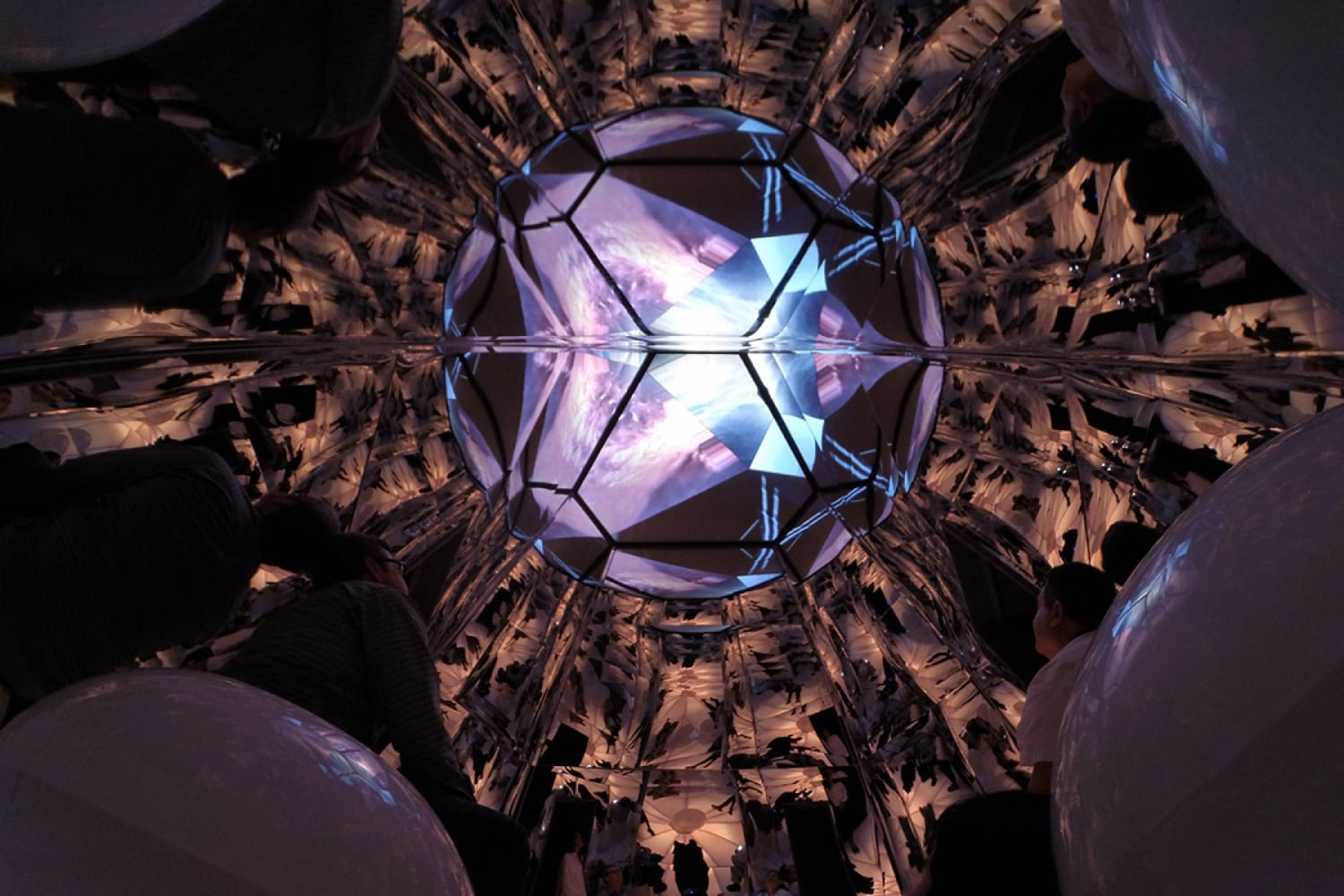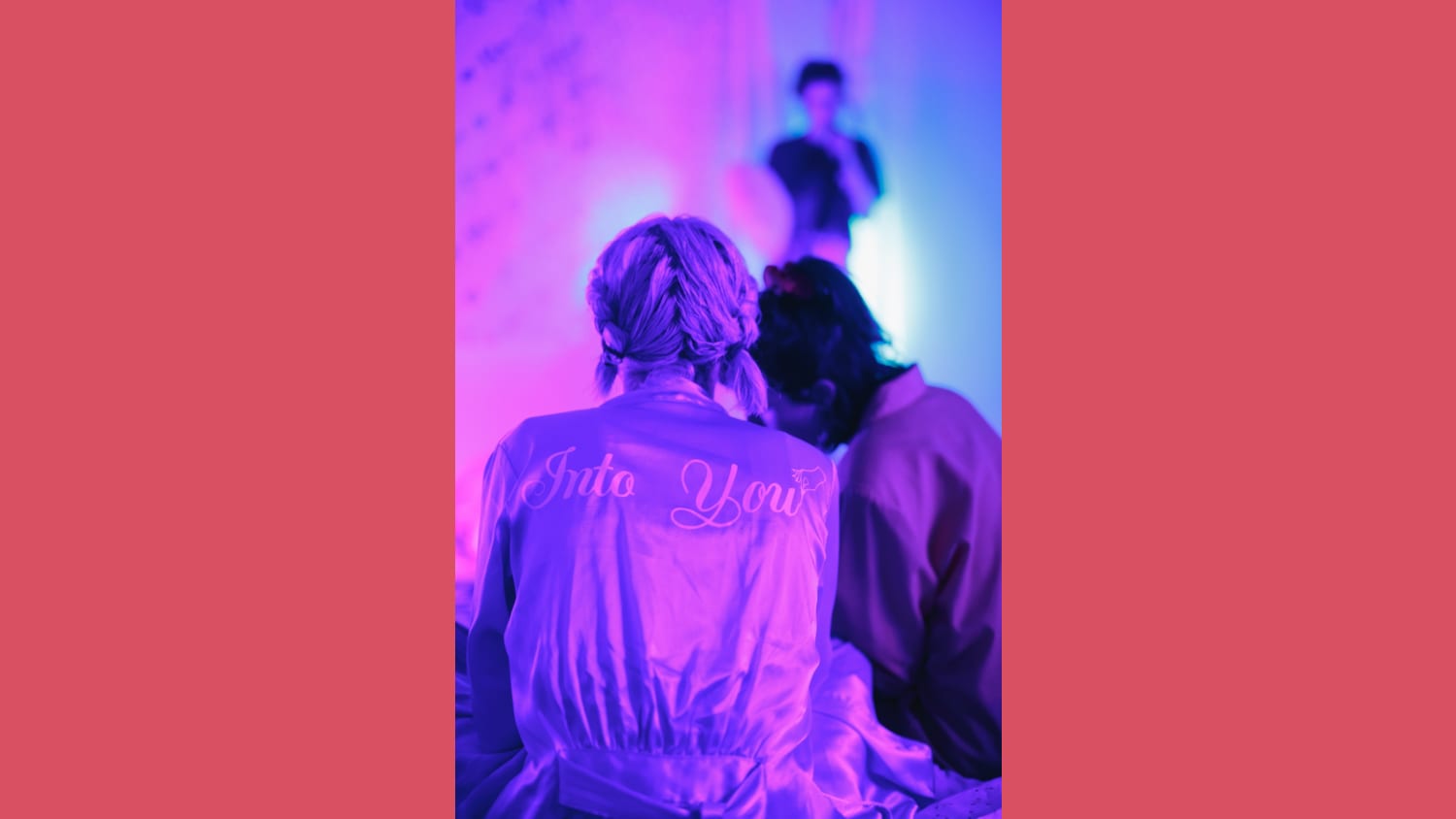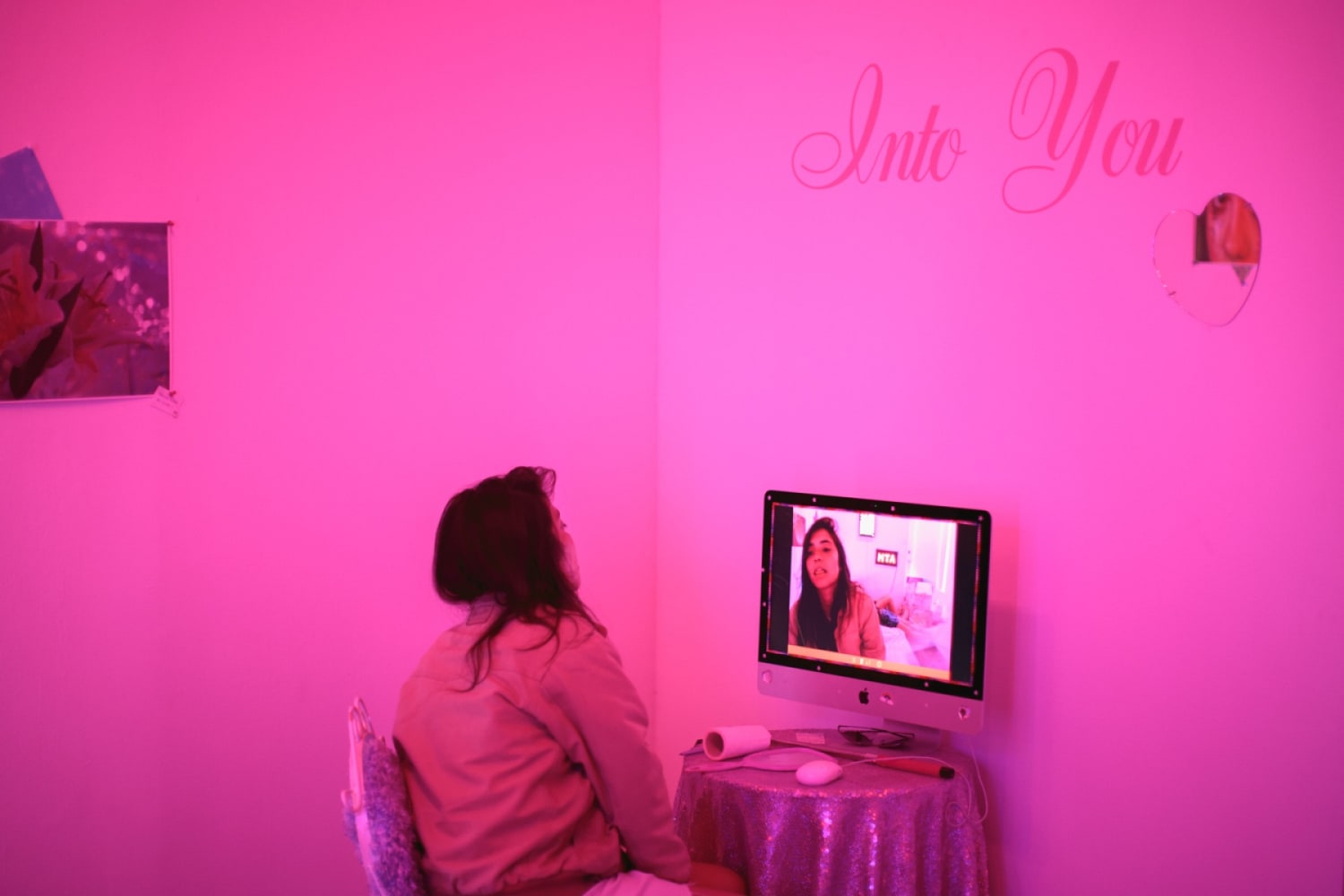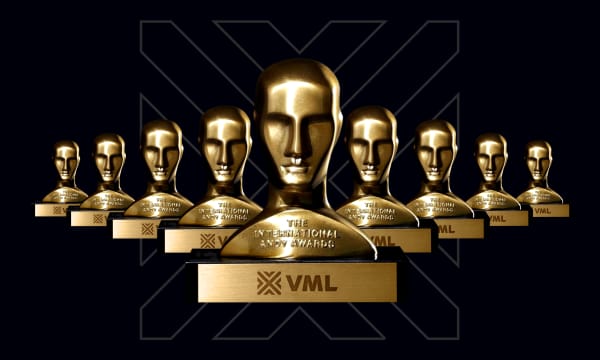Some of the more exciting possibilities of the new virtual space were discussed at, of all things, a panel on the future of museums. Conservators at CyArk presented their efforts to use 3D scanning technology to digitally preserve world heritage sites, while creative technologists discussed how these petabytes of data might be used. A 3D scan of Mount Rushmore hovered over the discussions.
“There’s a billion ways to use the data: light experiences on your website, immersive experiences with augmented reality and virtual reality,” said Tim Bucher, SVP, consumer solutions group at the data storage company Seagate. “The key is turning data into an experience, and that’s when the value of the data really comes out. I might want to stand on Lincoln’s head, but not in the exact way you would do it.”
Meanwhile, some brands went analog. American Greetings created a bar to celebrate the old-fashioned art of paper correspondence, complete with typewriters. “Three or four years ago, everyone had laptops here,” Jon Ruby, SVP and creative director at American Greetings’ agency, Mullen Lowe, told Digiday. “Now they have laptops, but you’re seeing them closed, with Moleskine notebooks perched on top.”
Conversational Commerce
South by Southwest this year also seemed to bear out a prediction made in January by Chris Messina, inventor of the hashtag, that 2016 would be the year of “conversational commerce.” The gist of the idea is that we will increasingly use natural language to communicate with brands and merchants, order products and more.
Amazon’s Alexa voice-command technology has been rapidly expanding to more devices and adding functionality in recent months, and the next obvious step is to tie Alexa to e-commerce. Amazon chose South by Southwest to launch a new partnership with Capital One, which allows Alexa customers to use devices like the Echo, Dot and Tap keep their finances in order via voice alone. Users can simply state they want to pay their credit card bill, for example, and it’s done. It seems a small step from here to tie the service to Amazon’s core retail offering.
Ctrl-Alt-Meditate
Was there any counterculture left to be found at SXSW in its 30th year? If anything, the most radical gesture we noticed was an effort to carve out spaces for reflection, meditation and intimacy in the midst of a hurricane of hashtags.


